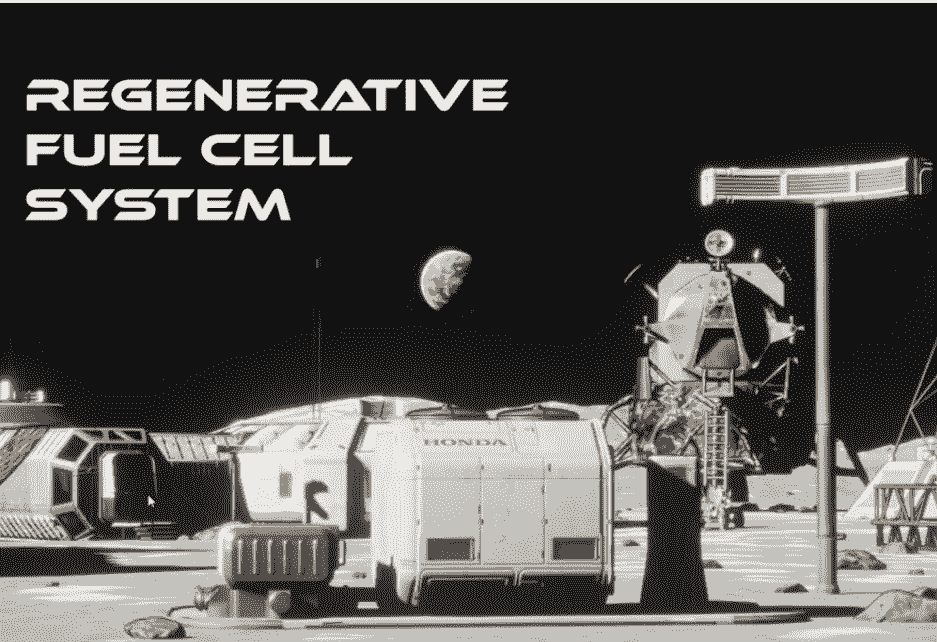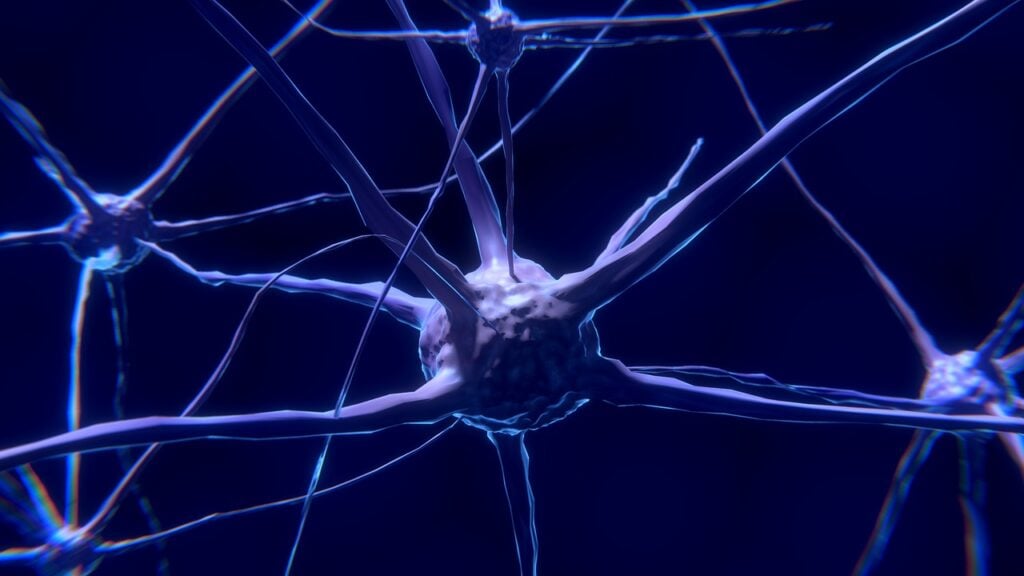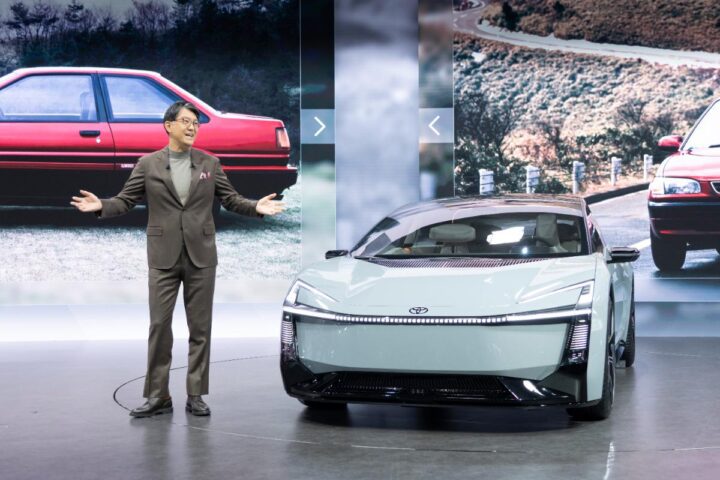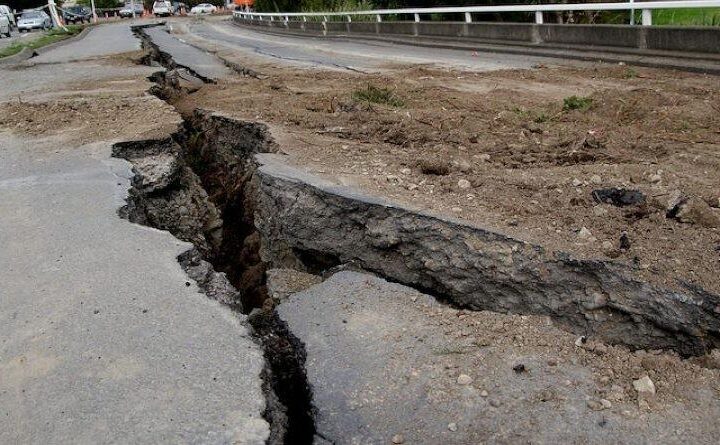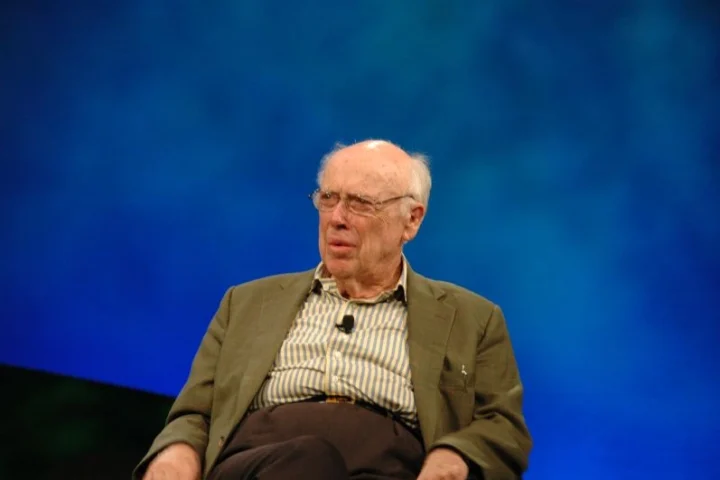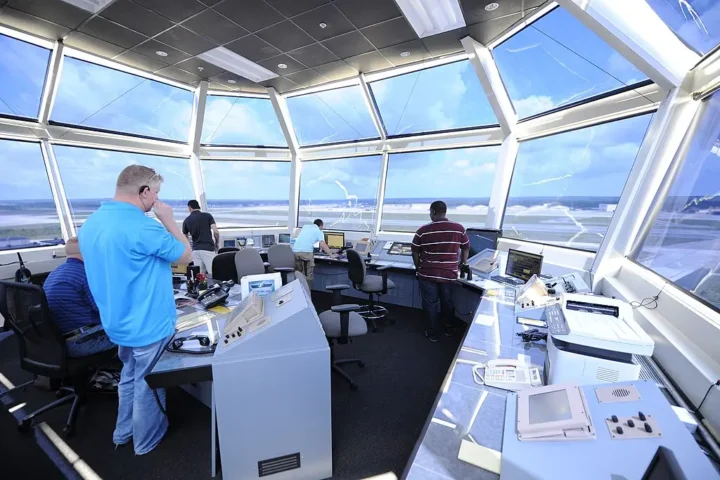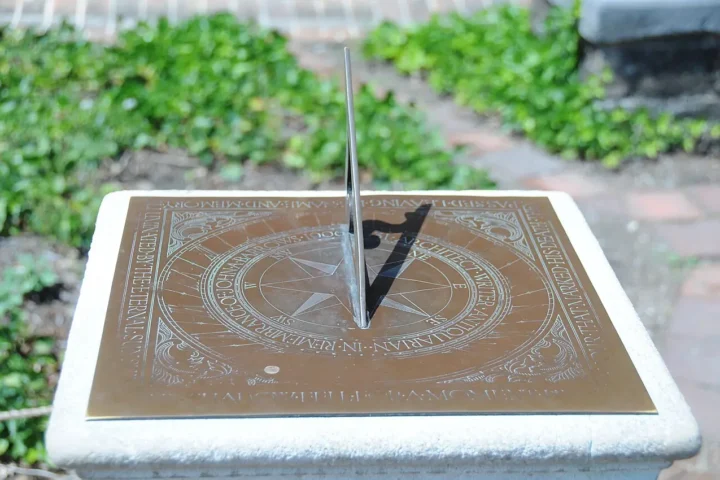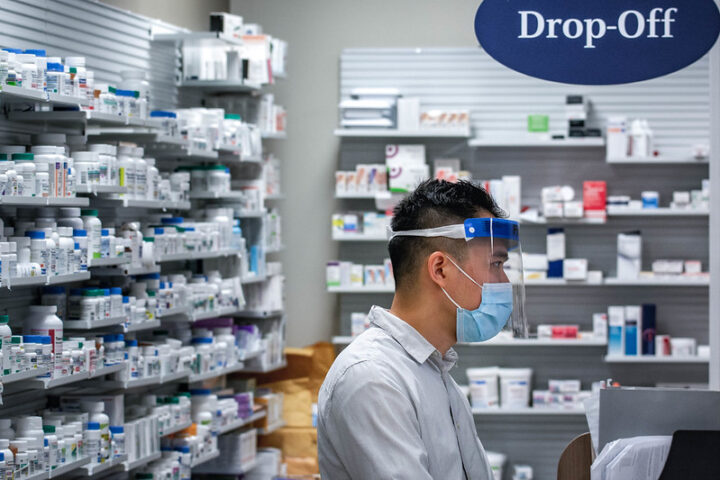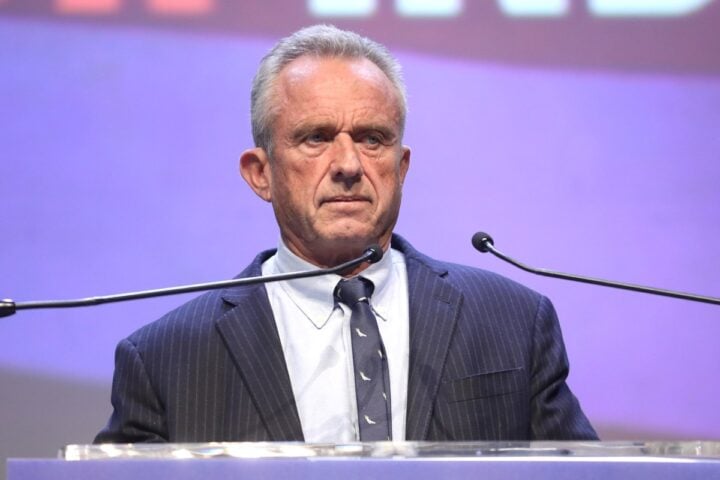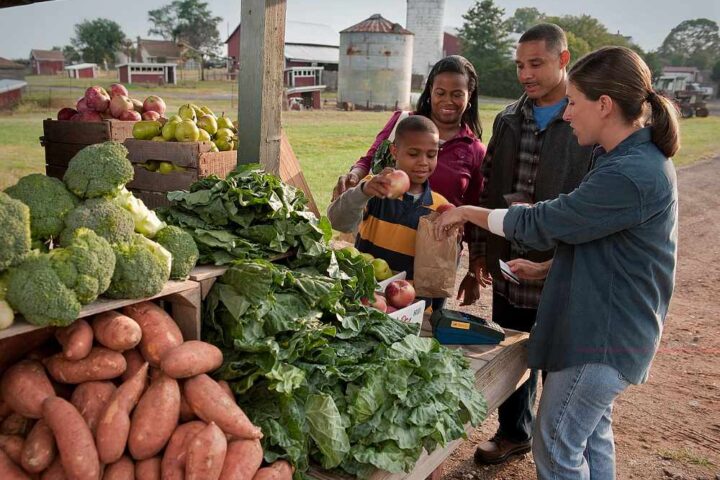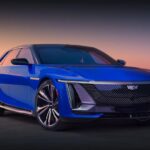Honda, a leading technology company, is now reaching for the stars. The company will test its new clean energy system on the International Space Station (ISS) that could one day power lunar habitats.
The system is surprisingly simple at its core. It uses water – the same H2O we drink – and turns it into power through a two-step process. First, it splits water into hydrogen and oxygen using solar energy. Then, when power is needed, it combines these gases back together, creating electricity and clean water.
“We never thought this kind of technology was imaginable in previous decades,” says Ken Shields, Senior Director at Sierra Space, one of Honda’s partners in this project. “This shows how companies working together can push boundaries.”
What makes Honda’s technology special is its high-pressure system. It compresses hydrogen and oxygen at pressures 700 times stronger than Earth’s atmosphere. This means smaller storage tanks – crucial when every inch of space counts on moonbound rockets.
The hardware will fly to the ISS on Sierra Space’s new spaceplane called Tenacity. This vehicle can carry more than 6 tons of cargo and, unlike traditional spacecraft, lands on a runway like an airplane. This gentle touchdown is essential for protecting sensitive equipment.
Similar Posts
Honda isn’t starting from scratch. The company has spent decades working with hydrogen fuel cells in cars. Now they’re adapting this know-how for space. The system could help solve three big challenges of living on the Moon: providing air to breathe, power for equipment, and a way to reuse water.
Think of it like a renewable energy system. During the Moon’s two-week-long day, solar panels power the water-splitting process. The stored gases then generate electricity during the equally long lunar night, when no sunlight is available.
Honda has already put serious backing behind this space push. In late 2024, they opened a Space Development Division in America. This adds to their existing U.S. presence, which includes 12 factories and 23 research centers.
The ISS test faces real challenges. The system must work in zero gravity and handle extreme temperature variations in space. That’s why Honda partnered with Tec-Masters, a company experienced in preparing equipment for space station use.

The technology could help on Earth too. The same principles could improve how we store solar and wind power, making renewable energy more reliable. It’s an example of how space research often leads to improvements in everyday life.
“This new collaboration shows the varied applications of space technology,” Shields adds. “We’re not just sending cargo to space – we’re testing solutions that could help both on the Moon and back home.”
